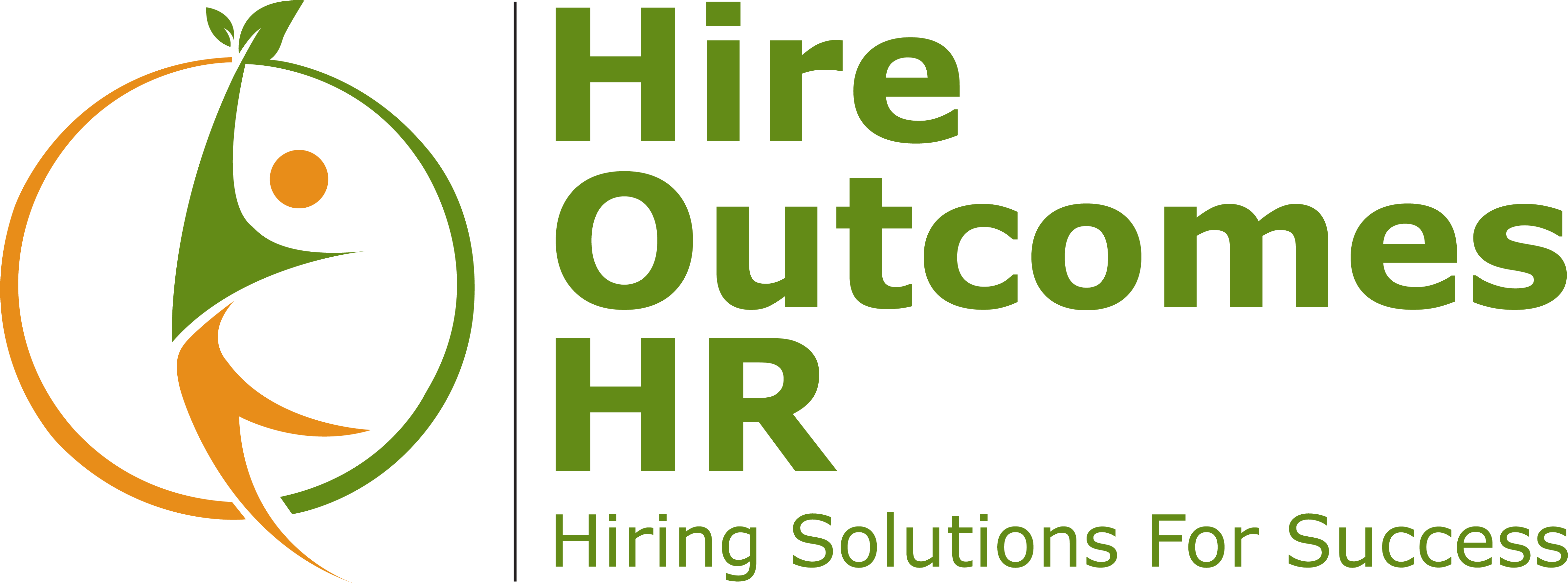Mental Health in the Workplace
Mental health in the workplace is impacted by the pandemic. As a recent article in the Washington post stated, the pandemic was “an unprecedented, protracted collective trauma”. There are many ways the workplace has been impacted by mental health issues. In addition to burnout caused by staffing issues, increased workloads, and less professional support, and there were also time distortion issues which researchers say are caused by traumatic times.
According to the CDC, people were and are faced with increased challenges at work and at home during and after the pandemic. The CDC also points to ways to address individual mental health concerns.
It’s natural to feel stress, anxiety, grief, and worry during the COVID-19 pandemic. Below are ways that you can help yourself, others, and your community manage stress.
- Take breaks from news stories, including those on social media. It’s good to be informed, but constant information about the pandemic can be upsetting. Consider limiting news to just a couple times a day and disconnecting from phone, tv, and computer screens for a while.
- Take care of your body:
- Get vaccinated and stay up to date on your COVID-19 vaccines.
- Eat plenty of fruits and vegetables, lean protein, whole grains, and fat–free or low–fat milk and milk products. Eating well also means limiting saturated fats, cholesterol, salt, and added sugars.
- Going to bed at the same time each night and getting up at the same time each morning, including on the weekends, can help you sleep better (seven or more hours per night for adults).
- Move more and sit less-every little bit of physical activity helps. You can start small and build up to 150 minutes a week that can be broken down to smaller amounts such as 20 to 30 minutes a day.
- Take deep breaths, stretch, or meditate.
- Limit alcohol intake. Choose not to drink, or drink in moderation by limiting consumption to one drink a day for women—two for men—on days that alcohol is consumed.
- Avoid using prescription drugs in ways other than prescribed, someone else’s prescription, or illegal drugs. Treatment is available and recovery starts with asking for help.
- Avoid smoking and the use of other tobacco products. People can and do quit smoking for good.
- Continue with regular health appointments, testing, and screening.
- Make time to unwind. Try to do some other activities you enjoy.
- Connect with others. Talk with people you trust about your concerns and how you are feeling.
- Connect with your community- or faith-based organizations. While social distancing measures are in place, try connecting online, through social media, or by phone or mail.
But what is being done to address mental health issues in the workplace? Since there has been greater demand for ways to cope with anxiety and stress, many new alternatives have been created, such was online therapy. However, according to the New York times, mental health providers are struggling to meet Pandemic and Post Pandemic demand. There are many who are encouraging businesses to take a systematic approach to supporting employees to stay healthy and to address mental health needs. An article in Forbes suggests several ways businesses are dealing with increased mental health needs in the workplace.
Mental Health Predictions For 2022-2023
- Mental Health Support. Oliver Smith, strategy director and head of ethics for Koa Health, predicts businesses will spotlight effectiveness on mental health support and the ROI (return on investment) of their initial approaches.
- Continued Mental Health Issues. According to Smith, the prevalence of depression and anxiety in the population will continue to be high as the pandemic lingers longer than we’d like.
- More Focused Approaches. Smith believes businesses will start to have a greater focus on effectiveness on ROI in their mental support as they begin to unpack the initial approach of throwing things at the wall and seeing what sticks.
- Smith is optimistic that we will all continue to struggle to have discussions about mental health, although the stigma will continue to fall that won’t on its own make everyone automatically comfortable talking about their mental health.
- Hybrid And Remote Work. An Ergotronsurvey of 1,000 full-time workers found that 56% of employees said their mental health, work-life balance and physical activity—all improved as a result of their hybrid work environment. And 88% said the flexibility to work from home or the office has increased their job satisfaction. According to Chad Severson, CEO of Ergotron, employees have adapted to the hybrid and remote work landscape—and they now prefer it. “As employers look to attract and retain talent, focusing on practices that promote well-being and help employees thrive wherever they work will be critical,” he said. And the FlexJobs’ Work Insight 2022 Survey found that remote work is considered the second most important element to compensation and benefit packages, ranked only behind salary.
- Wellness Programs.Framery believes employees should have access to a series of wellness programs, including closer access to external healthcare providers and therapists that are available during work hours if need be. Completing these activities together can help employees shake off some of the pent-up anxiety, as well as cultivate a sense of comradery between colleagues. They offer e-learning classes which provide yoga and meditation courses to employees, helping them feel further cared for and seen and giving them time and space to check in on their own health.
- Four-Day Workweeks. Co-founder and CEO of Monograph, Robert Yuen believes hands-down employees need more time, which is why his company operates on a four-day workweek schedule. “A four-day workweek gives employees the space to take care of themselves, providing them space for personal development,” he said. “Since this tech startup launched a four-day workweek in 2019, employee satisfaction has reached an all-time high.”
- Suzanne Tick, creative director at Luum Textiles, focuses on harnessing Vedic meditation teachings and techniques to aid in soothing stress and anxiety. Through Vedic meditation, people can remove the stress in their lives and create clarity to allow for creative influences to enter their life. Deeply rooted in the meditation lifestyle has helped the studio embrace fully the world of unbounded color, texture and pattern choices.
- Exemplary Leadership. Adam Weber, SVP of community at 15Fiveinsists company top brass must lead the way in prioritizing mental wellness. “If executives want their employees to prioritize their mental health, they need to be doing the same in a very visible way,” Weber said. “It’s one thing to encourage people to take time off for therapy or a mental health day, but most leaders have yet to take the next step of doing that themselves in a transparent way.” Laura Lee Gentry agrees that management plays a big role in employee mental health in the workplace. “Since managers are an employee’s first point of contact, companies need to create HR programs that train managers and supervisors on how to spot common mental health conditions such as signs of stress and anxiety and how to approach and support employees who are showing these signs,” she explained.
Work is key to health of people with various mental health conditions and the Department of Labor suggests that employers need to build mental health friendly work cultures. For more information on supportive workplaces see the Department of Labor articles sited below. Especially due to the shortages that continue to occur with Mental Health providers, the efforts above are needed.
Hire Outcomes HR understands the challenges faced by health services organizations, including mental health services. We can help your organization by working together to source and recruit the right professionals to improve satisfaction for your patients and your employee team.
Source: Washington Post, September 2022, Pandemic trauma caused many to lose their sense of time – The Washington Post , Coping with Stress (cdc.gov) , Mental Health Providers Struggle to Meet Pandemic Demand – The New York Times (nytimes.com) , Future Of Work: 9 Mental Health Predictions In The Post-Pandemic Workplace (forbes.com) . Department of Labor, Fostering Mentally Healthy workplace, dol.gov/sites/dolgov/file/odep/topics/fostering a mentally healthy workplace



No responses yet